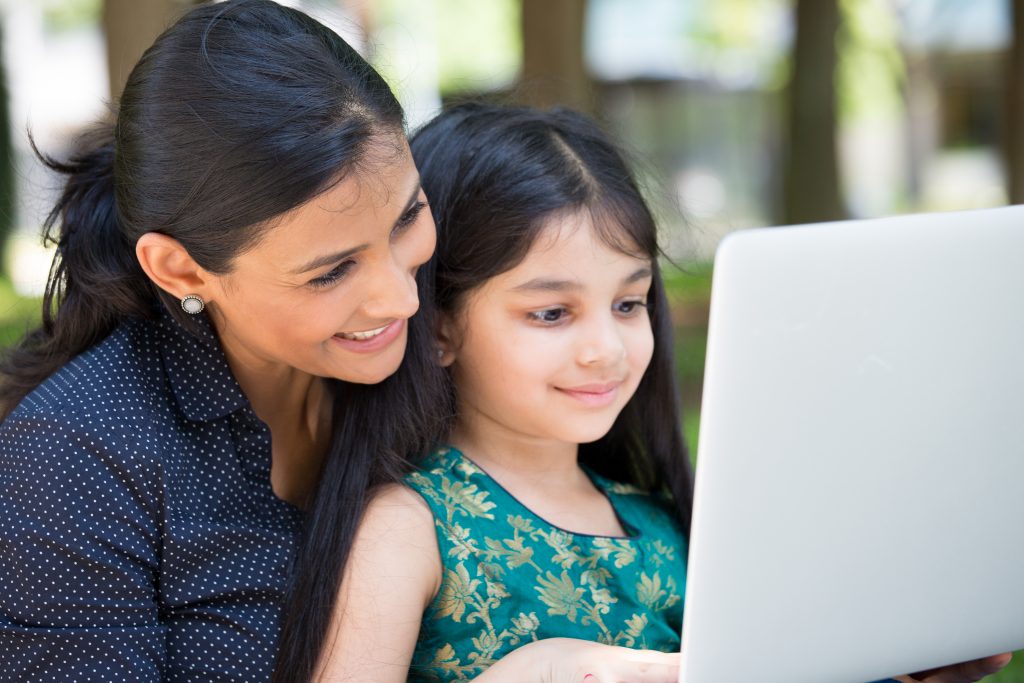
Being a parent is an incredibly difficult job, but explaining all about periods to a pre-teen daughter can be especially tricky. Such matters are often an embarrassing topic of conversation for parents – and daughters! But as much as you may not want to delve deep into the subject of menstruation, it’s important to have the conversation before a girl hits puberty or the day your daughter starts menstruating could be unnecessarily traumatic.
Girls typically begin having periods around the age of 12, but some girls begin puberty as young as eight. For this reason, it’s a good idea to talk to your child in an age-appropriate way long before puberty.
Be Open About Bodily Functions
In most cultures, periods are a taboo subject. Women and girls are sent away when their periods begin, and not allowed to come home until they have stopped menstruating. It’s very important that girls do not view periods as a shameful event.
Menstruation is a natural thing, not something to be ashamed of. For this reason, the more open and honest you can be about periods, the better.
Talk to your daughter about periods as soon as she’s old enough to understand what it means. Don’t hide the fact you menstruate. Explain how it feels and what happens when your period comes. Don’t make a big deal about it. The more normal it seems to your daughter, the less stressed she’ll feel when it finally happens to her.
Use the Right Language
Try to use the correct language when you discuss periods and why they happen. Don’t use slang words like the “curse”, as this gives the whole thing a negative connotation. Even if you have difficult periods and you feel wretched each month, keep it neutral.
The last thing any girl wants to hear is that periods are painful and a horrible experience. Try to stress the positive aspects of having periods, i.e. that menstruation is a sign of fertility and that it means your daughter can one day have babies.
Demystify the Details
Be aware that there is a ton of misinformation out there, and your daughter may have heard all kinds of terrible things from her friends at school. It’s very important that you demystify what happens, so she’s not terrified about the idea of bleeding.
Explain what happens and why. Reassure your daughter that the quantity of blood post is minimal and that having periods needn’t impact her life in any way. Show her exactly how much blood is lost each month – seeing three tablespoons of ketchup should reassure her she’s not about to bleed to death when the time comes.
Talk About the Options She Has
Go through the many options your daughter has when her periods start. Explain the difference between tampons, sanitary pads, menstrual cups, and period panties and how best she can protect her clothes. Educate her about the pros and cons of each product.
For example, discuss the merits of tampons, sanitary pads, menstrual cups, and period panties. Discuss which products might be best for her. If she’s interested in menstrual cups, this site has useful menstrual cup information, including reviews of the top brands, so she can make an informed choice about which brand to try.
Talk to your daughter about the products you use and why. Let her know it’s a personal choice which product she uses, and you’ll be there to help her when the times comes. You may need to be hands-on when she first starts her period, but let your daughter guide you in that respect. Not all girls are comfortable having their mom show them how to use a tampon or menstrual cup. If your daughter would rather try in her own time, that’s OK. Don’t make a huge issue out of it.
Talk About Normal Life and Periods
Have a chat about how your daughter can be prepared. Remind her life goes on as normal, even when she has her period. Reassure her that she can still do sports, swim, and be a kid. Having her period doesn’t mean she needs to stay home for a week.
Make sure your daughter is prepared for when the time comes. Encourage her to keep an emergency pack in case her period starts when she’s at school. A spare set of underwear, some wet wipes, and a sanitary pad will reduce the embarrassment factor.
Finally, remind your daughter to be kind to herself and others. She and her friends will have mishaps and leaks, but it’s not the end of the world!




